
The trend of smart homes is overwhelming.
Nowadays, anything that can connect to WiFi can proudly claim to be a “smart home”. Many people’s understanding of smart homes is still limited to connecting light bulbs, rice cookers, air conditioners, and fresh air systems to the internet, thinking that’s all it takes.
Smartphones have become remote controls, while incompatible apps compete for attention. After spending hundreds or even thousands of dollars to set them up, users find out that the advertised features were exaggerated.
Why does the promised smart home feel so dumb?
Some smart home devices are just too dumb
Regardless of necessity, some smart home devices have an inexplicable obsession with “remote control”.
One foreign brand’s smart dishwasher has a “home connection system”. Before use, you need to launch the dishwasher’s app and attempt to pair it. The steps are densely packed into a one-page manual. This smart dishwasher even features a “remote washing button”, but consumers seem unconvinced.
A buyer who purchased this smart dishwasher lamented online: “Unless there’s a long-distance burden, what’s the point of remotely starting the dishwasher? 🙂
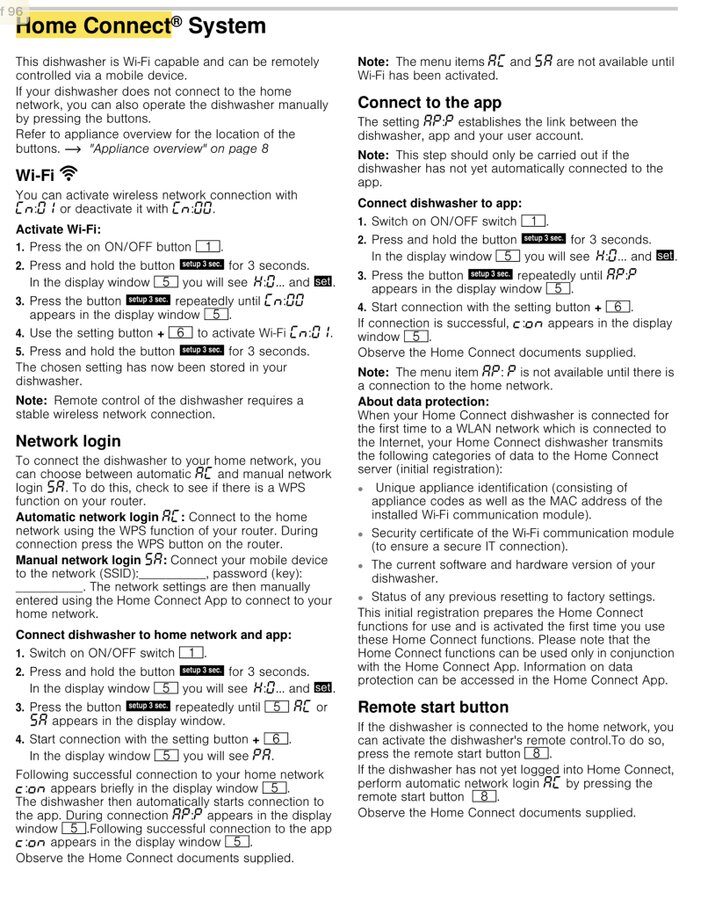

Smart dishwasher WiFi connection manual page / Steven Sinofsky@stevesi
Some selling points repeatedly promoted by smart home manufacturers also seem to be quite useless.
A certain brand’s new smart refrigerator released in 2019 touted that “when you leave and forget to close the refrigerator door, the refrigerator will call your phone” as a major feature. A blogger in the smart device field vented on Twitter about this “dumb feature”: “If it’s so smart, why can’t it close the door itself?”
Smart homes that can achieve “human-machine interaction” always provide the most intense and direct “smart experience”, and sellers of smart homes tirelessly promote this selling point, even creating many pseudo-needs around shallow applications of AI technology.


On January 10, 2016, in Hangzhou, staff demonstrated how to control all smart home lights, appliances, and security systems using a smartphone app, making the phone a remote control.
Some smart home devices are hard to argue against their “smart” status. However, in reality, they often fall short of expectations.
For example, a “smart mattress” with built-in sensors can monitor whether the user is asleep or awake, measure the room’s temperature and humidity, and react intelligently by adjusting the mattress’s temperature.
But the most frustrating thing might be when you want to blissfully lie down on the “smart mattress” for a good sleep, and the app unexpectedly pops up a message saying: “Sorry, check if your mattress is connected to the server.”
At this moment, you realize that either the network is down or your smart mattress has crashed and needs a forced reboot. This familiar scene pulls you back from the futuristic high-tech home into the reality of needing to “long press to restart”.
Online, a comment like “My smart vacuum cleaner must be a fool” can spark a wave of users chiming in with “Mine too”. The various blunders caused by smart homes could fill a thick book of “funny anecdotes”.
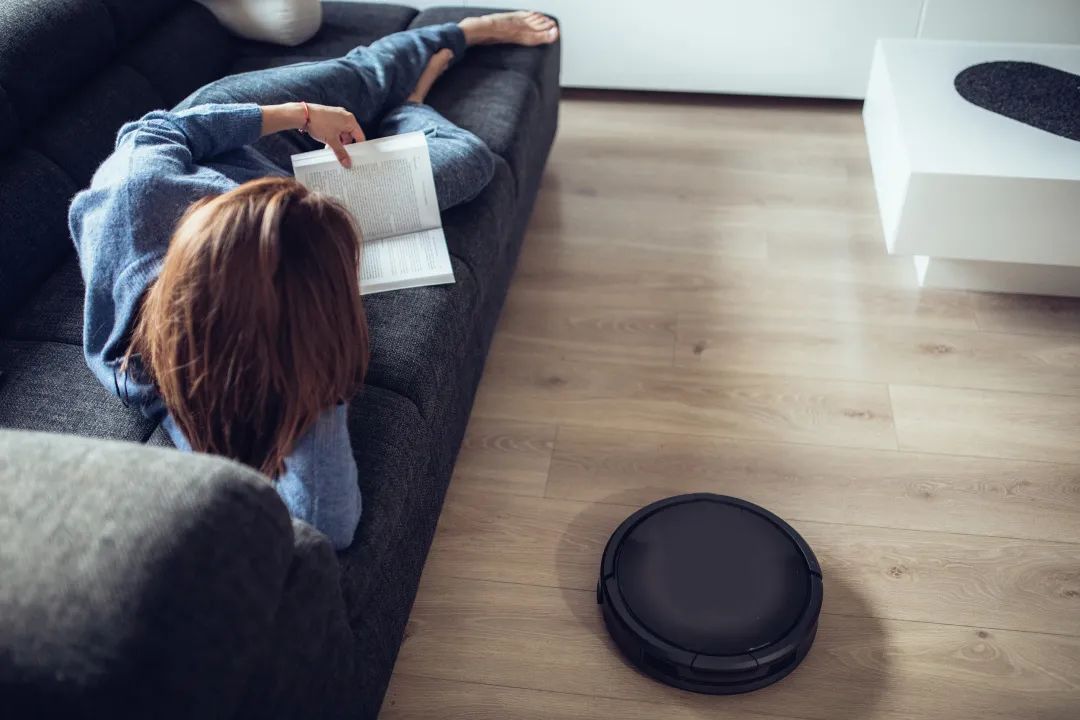

Although smart vacuum cleaners can successfully perform the task of cleaning, they still have a long way to go to meet our expectations of “intelligence”.
For instance, while smart vacuum cleaners can generally avoid obstacles and recognize trash through infrared sensing and positioning systems, if you happen to have a dog that leaves messes everywhere, you might come home one day to find your house evenly smeared with poop.
These are not just jokes from comedy shows, but real experiences shared by smart home owners.
Our Misunderstanding of Smart Homes Is Too Deep
In fact, cases like smart vacuum cleaners largely reflect the disparity between people’s expectations of smart homes and the current state of technological development.
As of now, the kind of “smart” home appliances or devices that you expect to act like humans simply do not exist.
In 2018, a survey on the accuracy of smart assistants revealed that even the highest-rated Google Assistant only had a 74.6% accuracy rate, while Siri’s accuracy was just about 30%.
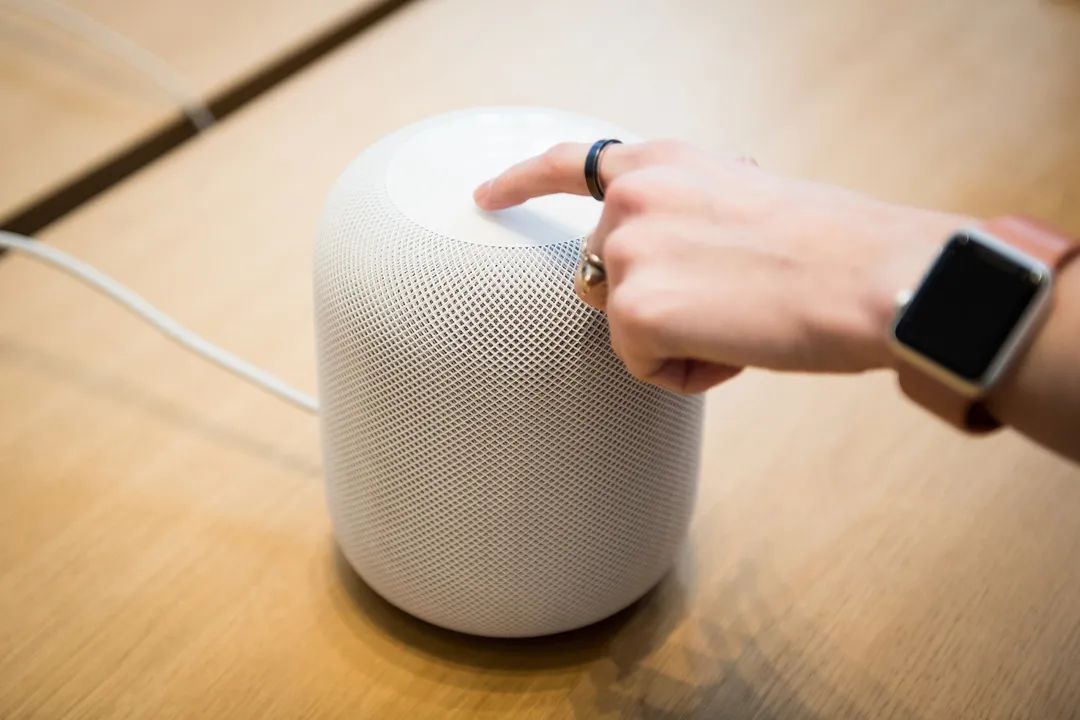

The Homepod smart speaker has Siri built-in
Most people’s usage of these devices is still limited to simple command instructions. A 2018 survey showed that the most common tasks performed with smart speakers were playing music and checking the weather, while seeking smart home services remained a niche and trendy activity.
Complex natural conversations with semantic or logical nuances are often misunderstood by smart assistants.
While voice recognition is no longer an issue, natural language processing remains a key limitation in human-computer interaction. The Automatic Speech Recognition (ASR) module converts spoken language into text that computers can understand. The natural language interpreter analyzes the text and extracts “keywords”. The dialogue system responds to these keywords based on a certain dialogue framework.
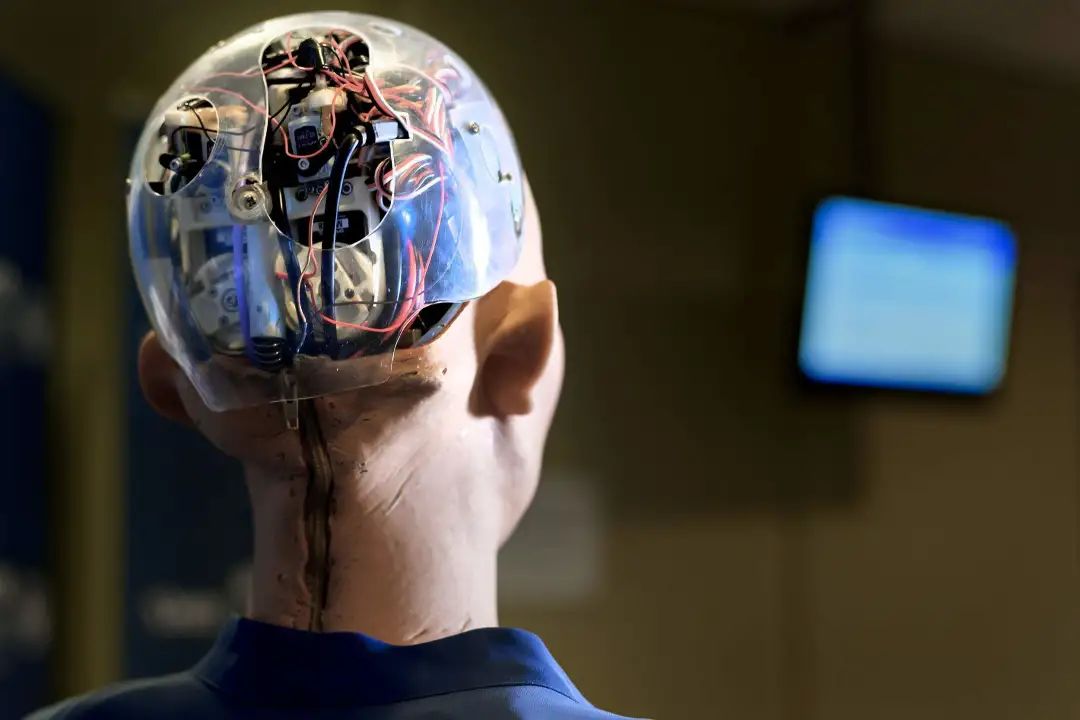

The AI robot Sophia, granted Saudi citizenship in 2017, was referred to by Professor Yang Likun as “a puppet that does not involve any artificial intelligence” and said, “People have been deceived”.
During this process, the most prone to issues is the natural language interpreter. Current natural language processing technology based on deep learning can indeed extract dialogue keywords and categorize them with relative accuracy, but it struggles to recognize logical reasoning based on context and derive true semantics.
For example, if you tell it “recommend a restaurant other than hot pot”, it fails to recognize the negation in “other than”. Errors in the natural language processing step directly lead to incorrect dialogue results. Ultimately, it will still recommend a hot pot restaurant.
In fact, when it comes to “good” smart home devices, we shouldn’t expect them to be overly intelligent; instead, we should demand they be “invisible”—meaning you don’t notice their presence, but they accurately solve your pain points.
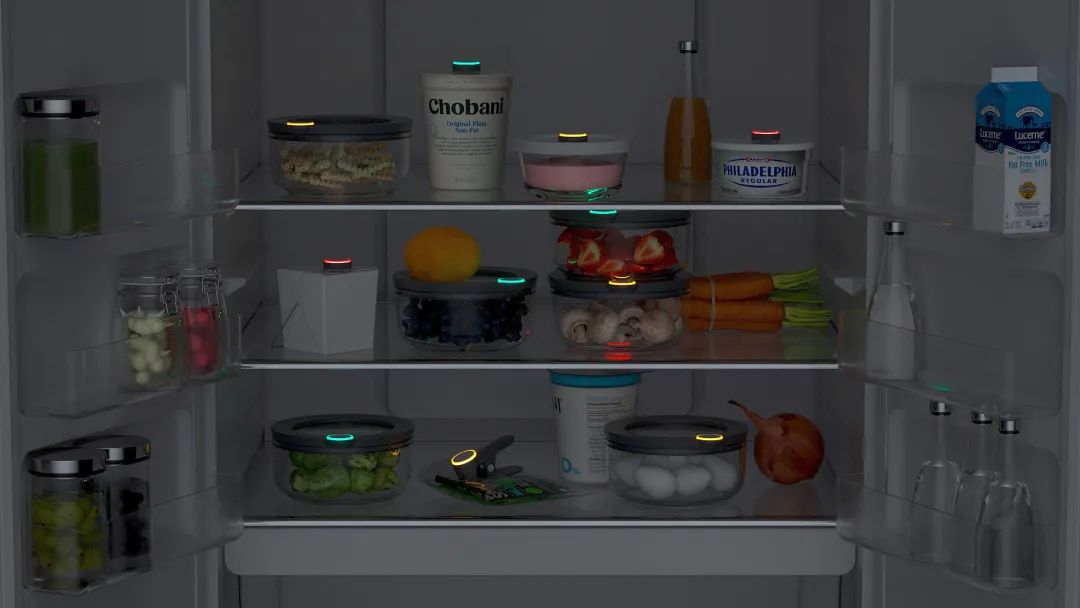

A special food storage container equipped with a luminous SmartTag can help users understand the freshness of food and remind them to consume items that are about to expire.
In the sci-fi series “Black Mirror”, the protagonist experiences a scenario where lights turn on wherever they walk in the house, and the lights automatically turn off behind them. The operation of having lights turn on when a person is present and off when they leave, without needing to fiddle with a phone or shout “Hi Siri, turn on the light”, is it really that difficult to achieve in reality?
Many might think it’s too complicated to implement—when in fact, it’s quite simple. This is actually a very straightforward scenario that doesn’t require advanced technology.
The core of this is the door/window magnetic sensor, a powerful component widely used in smart home devices, frequently appearing in lighting, audio-visual, security, communication, and temperature control.
What does it do? When you come home and push the door open, the sensor detects you and turns on the entrance light. When the door/window magnetic sensor detects the door is closed, while at the same time, the infrared sensor detects a path you passed by in the entrance, then it can conclude that you have left home, and the light source automatically turns off.
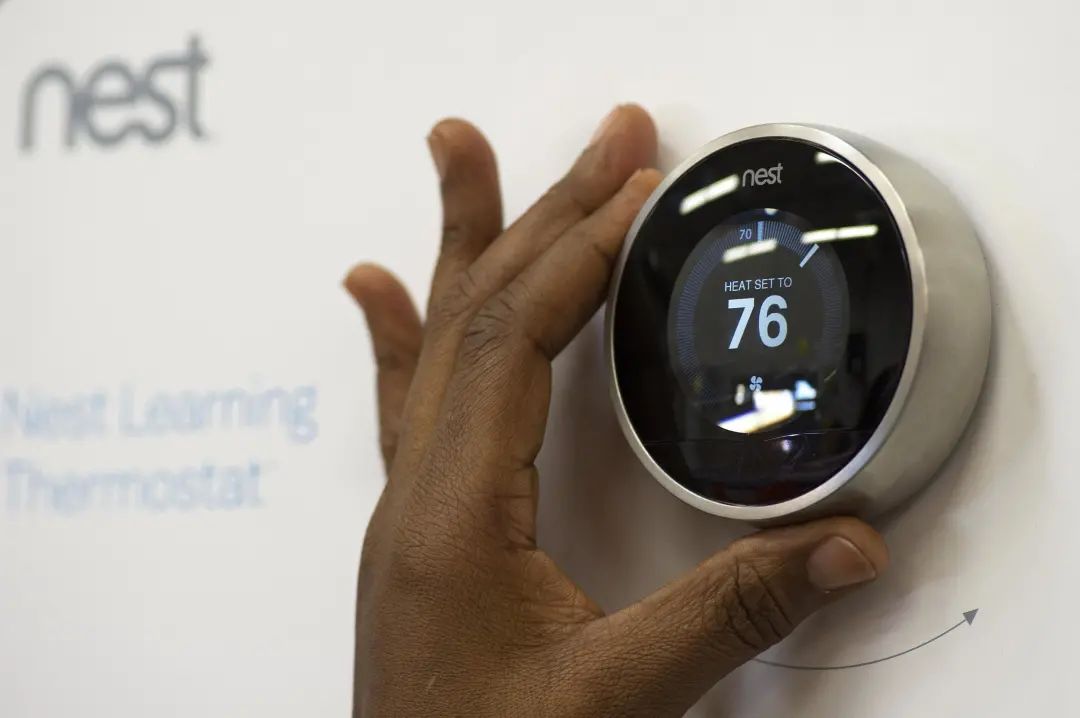

The smart temperature control device is equipped with sensors to monitor environmental data.
Moreover, the pyroelectric infrared sensor is not a strange technology; it has been around since the 1990s. Its working principle is quite simple. When a person approaches the detection range, the infrared radiation emitted by the body is received by the infrared probe, which is then converted into an electrical signal output to the sensor. The sensor can confirm that there is an obstacle ahead and send the corresponding command to the microcontroller.
Different sensors work together to achieve the smart scenario of “lights on when a person is present, lights off when they leave”.
You don’t need to interact with it or understand it; it understands your needs best—that is intelligence. Many smart home devices like smart mattresses, indoor thermostats, and smart curtains share similar principles and characteristics.
How Far Are We from Full Home Automation?
Many people equate smart appliances with smart homes. In fact, there is an essential difference between the two.Smart homes are like a complete, intricate ecosystem, while smart appliances are just a small part of that ecosystem.However, for most ordinary people, the transformation into a smart home often starts with a patchwork approach.
This month, you might add a smart lock, next month a smart air conditioner companion. However, many smart products can be used right away, while some with more complex installation may offer free on-site installation services from the manufacturer.
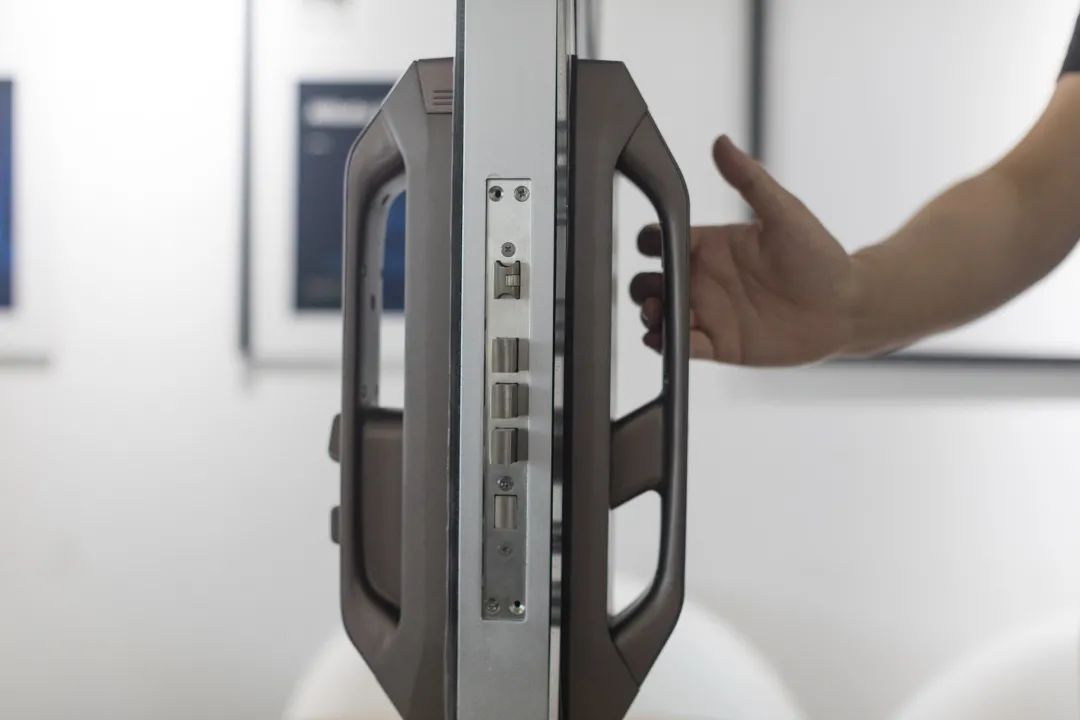

Installing a smart lock requires removing the old lock, drilling new holes, installing the lock body, guide plate, lock core, and connecting the earth hook, which can be quite cumbersome.
For instance, a certain brand’s smart lock installation requires users to scan a code to upload installation environment photos after receiving the product, prepare the necessary installation parts in advance, and then make a phone appointment to confirm the installation time. The installer will then remove the old lock, drill new holes, install the lock body, guide plate, lock core, connect the earth hook, and install the door frame strips.
Though the installation process may be complicated, the user experience is indeed pleasant.
However, achieving full home automation is not so easy. If it’s an old house renovation, the wiring and networking within the residence need to be adjusted.
Someone online complained, “To do smart home well, you need to be able to groove, run wires, crimp crystal heads, cut keel, drill speaker holes, climb ladders, install tracks, connect wires, understand acoustics, install locks, and know how to debug software.”
This is not an exaggeration. If you want to do the wiring yourself, you’ll need to gather a whole set of electrical tools and instruments like voltage testers, wire strippers, needle-nose pliers, electric drills, etc.


If you plan to do the wiring yourself, a full set of electrical tools and instruments like voltage testers, wire strippers, needle-nose pliers, electric drills, etc., are essential.
Without professional knowledge, just reading through the “Smart Home System Installation Manual” can be intimidating, especially when seeing the line “Before installing the smart home system, please make sure to disconnect the indoor power supply to avoid electric shock or damage to the product”.
Although there are people in the market who specialize in smart home electrical wiring, you still need to do a lot of preparatory work beforehand, understand the wiring requirements, types of wires, budget expenses, and be involved throughout the process, providing the wiring workers with strong power layout diagrams, relevant circuit diagrams, and furniture background elevation drawings.
The wiring process involves many procedures and requires coordination with various trades. The entire process is labor-intensive, costly, and if there’s no foresight in wiring and networking, it will inevitably create pitfalls for future smart living.
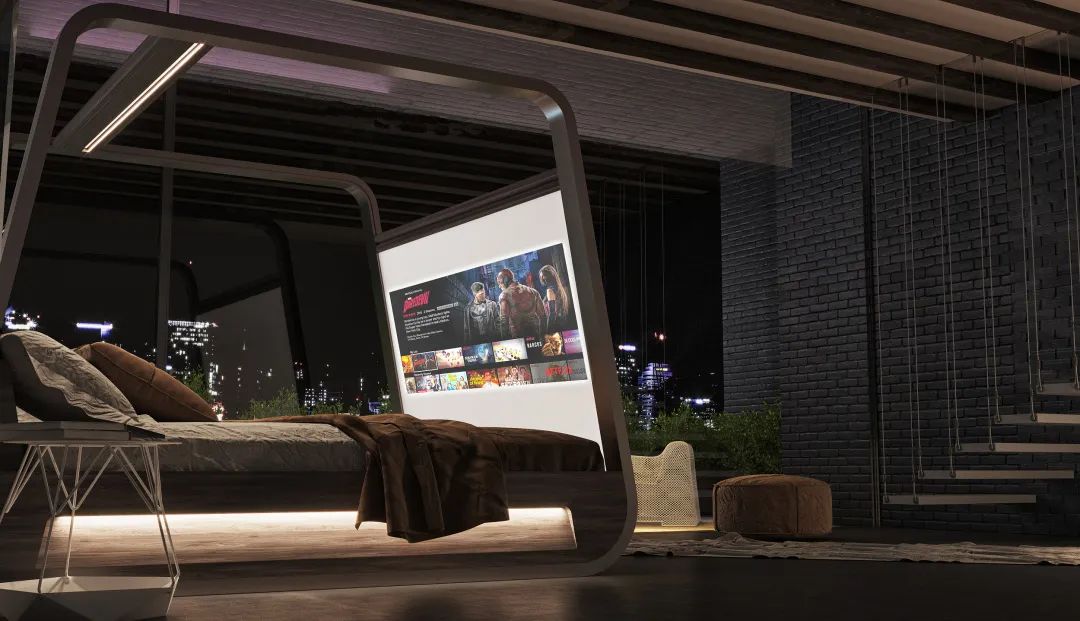

A smart bed equipped with a built-in 4K projector, a 70-inch retractable screen, and speakers. In addition to monitoring room temperature, air quality, and noise levels, this bed can also analyze and track users’ sleep patterns and weight.
However, if the supply side of housing can implement the full deployment of smart home systems, solving the issue in a one-stop manner would become much easier.
China’s leading real estate company, Country Garden, is striving to create such “smart residences”.
Initiated by NetEase News in collaboration with professional design institutions and authoritative organizations, along with top domestic housing providers like Country Garden Group and Guangdong Boyi Architectural Design Institute, the “Living in China—Model Room Design Competition” aims to find the perfect proposal for smart living and technological residences.
Based on this housing demand, Country Garden integrates various product lines, linking resources like Anxin Jia Yunlian and Bi Youxuan, to create a smart ecological chain focused on smart living services (home, community, service, construction) to meet the needs of technology residence enthusiasts.
Country Garden not only constructs truly technological residences from five senses—shape, sound, touch, and taste—but also builds a complete community smart service system.In the community environment, it provides humanized smart facilities, such as environmental monitoring devices, mosquito repellent lamps, outdoor WiFi, and plant classrooms, to monitor community environmental quality in real-time.
In addition, it configures convenient facilities like shopping stations, self-service express cabinets, shared gyms, and cafes within the community.
At the same time, it integrates Anxin Jia Yunlian’s community and family interaction, achieving seamless facial recognition access from entering the community gate to the building unit door; while the elevator automatically arrives at the user’s floor when the building door is opened; then, smart locks interact with smart homes, equipping each household with smart water purification systems, smart fresh air systems, UV disinfection lamps, and other smart products, truly realizing the upgrade of smart homes across the entire industry chain.


On-site view of Country Garden’s Tianchen project in Tianjin featuring cloud series products
From individual homes to communities, truly achieving 360° full sensory intelligence.
Follow the “Living in China—Model Room Design Competition” to experience the perfect interpretation of contemporary lifestyles and meet all your expectations for smart residences.
You will find that true full home intelligence is actually not far from you at all.
To learn more about the “Living in China—Model Room Design Competition”, click “Read More”.

[1] Murnane, K. (2018). Dumb and dumber: Comparing Alexa, Siri, Cortana and the Google Assistant. Forbes.
[2] Hong, A., Nam, C., & Kim, S. (2020). What will be the possible barriers to consumers’ adoption of smart home services?. Telecommunications Policy, 44(2), 101867.
[3] Qing Taiquan. (1995). Principle and application of pyroelectric human infrared sensors. Electronic World, (10), 25-26.
[4] Ge Jianqing & Ma Enhui, Installation technology and wiring of smart home systems. Electronic Industry Press.
[5] TheMisterS. (2019). Artificial Idiocy: The AI You See Has Nothing to Do with Intelligence.
[6] Merdivan, E., Singh, D., Hanke, S., & Holzinger, A. (2019). Dialogue systems for intelligent human-computer interactions. Electronic Notes in Theoretical Computer Science, 343, 57-71.


Produced by NetEase Cultural Creation Wave Studio. Unauthorized reproduction is prohibited.
WeChat Editor | Tang Buku
Image Editor | Ming Yu
❖ Welcome to share with your friends ❖

The Wave Studio is hiring authors, with a fee of 300 to 800 yuan per 1000 words.
Reply “Hiring” in the public account background to view.
